Have you ever thought about playing chess with ChatGPT? If you need help, let us tell you that you can play ChatGPT chess in a very few easy steps.
The guide will teach you how to play chess using ChatGPT. We'll walk you through every process, from setting up the board to making your first move. We'll also give you tips on how to enhance your gaming.
Playing chess with ChatGPT is a fascinating experience unlike any other. So let us move on the way to set up a game with ChatGPT!
Table of Content
- Part 1. Setting up a game with ChatGPT
- Part 2. Understanding the Rules of Chess
- Part 3. ChatGPT Strategy and Playing Style
- Part 4. Tips for playing against ChatGPT
- Part 5. Chatting with ChatGPT during a chess game
- Part 6. Analyze a chess game with ChatGPT
- Part 7. Advantages and Limitations of playing chess with ChatGPT
- Bonus Tip: Security Management Tool- FamiSafe
ChatGPT is an OpenAI-trained language model built on the GPT-3.5 architecture. ChatGPT can play a mean chess game due to its superior algorithms.
You can set up a game of ChatGPT chess in many ways. The most commonly used of them are either Chess.com or ChatGPT itself.
Setting up a game with Chatbot
Setting up a ChatGPT chess game is as easy as it goes. You can simply head on to the Open.ai ChatGPT. After doing so, you can simply start by asking, “Hey, Chatgpt, play a game of chess with me. Start by e2 to e5.”
Asking this question to the chatgpt will generate a response in its turn. This will give you a chance to select your move and respond accordingly. It's that easy!
Setting up a game with the GPT bot
Another way to play with AI GPT is to head to Chess.com and play with its GPT bot. You can select who plays the first move and many more. Head on to Chess.com to learn more.
Now that we have established how to set up a game with ChatGPT, let's head on to understanding the rules of chess.
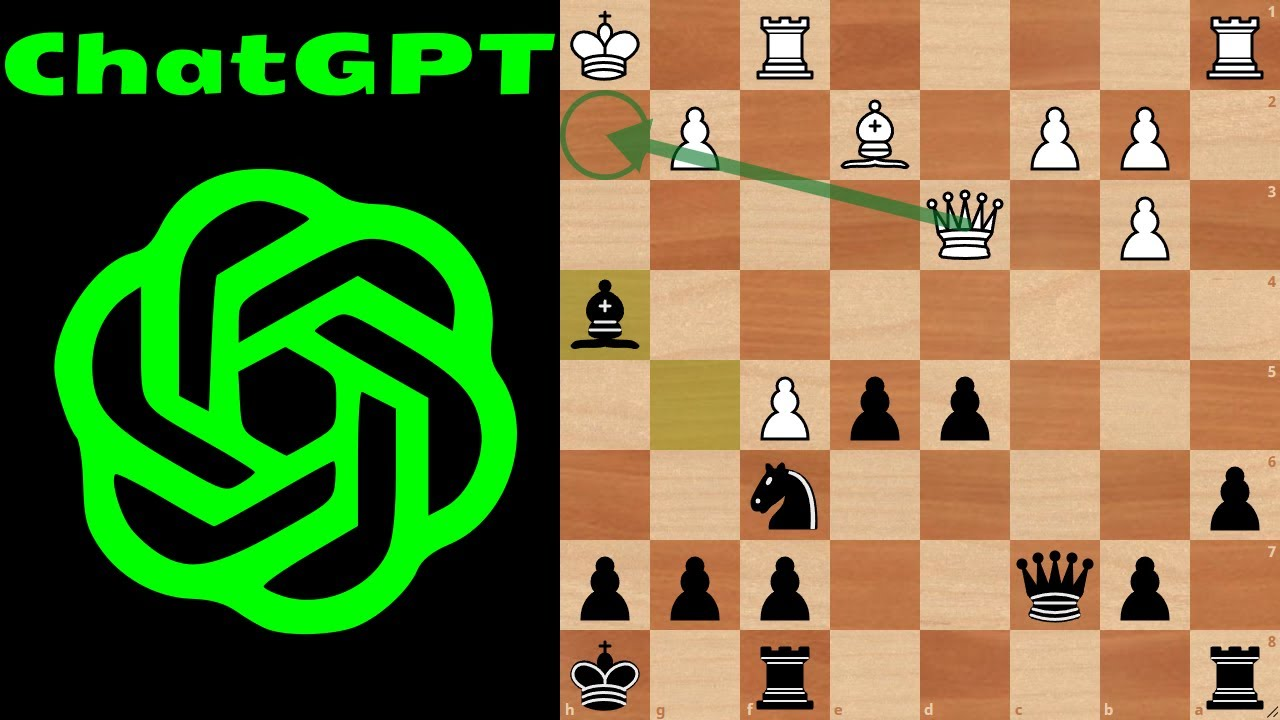
Playing chess is only possible when you know the rules and pieces of the board. It is necessary for both playing against an AI and in person. So before you start playing Chatgpt chess, let us look at the basic rules.
Rules of The Chessboard
Chess is a strategy and planning game for two players. This game takes place on a board with 64 squares arranged in an 8x8 grid. Each player is given 16 pieces, beginning with a king, queen, rooks, knights, bishops, and pawns. The components are commonly separated into two colors, black and white.
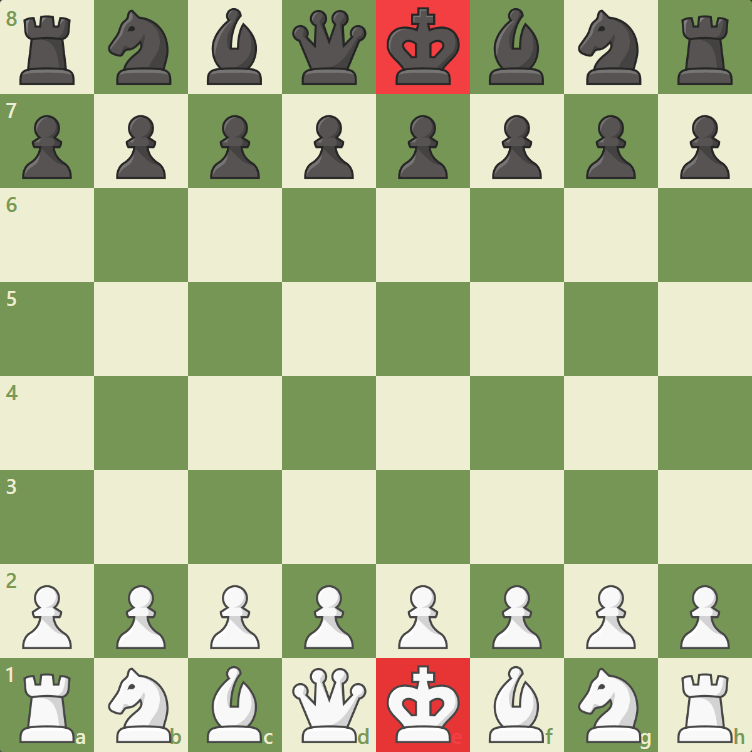
The Goal
The game aims to checkmate your opponent's king, trapping it and preventing it from escaping captivity. The game might also result in a draw, which can happen in various ways.
The Pieces
Here's a quick rundown of the many sections and movements:
1. The King
The king is the most crucial piece in the game. It can travel one square in any direction, including up, down, sideways, and diagonally. The king can also trade places with one of its rooks in a unique move known as castling.
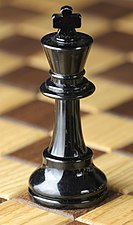
2. The Queen
The queen is one of the most powerful pieces in the game. It can move with great versatility. It has an unlimited number of squares diagonally, horizontally, or vertically.
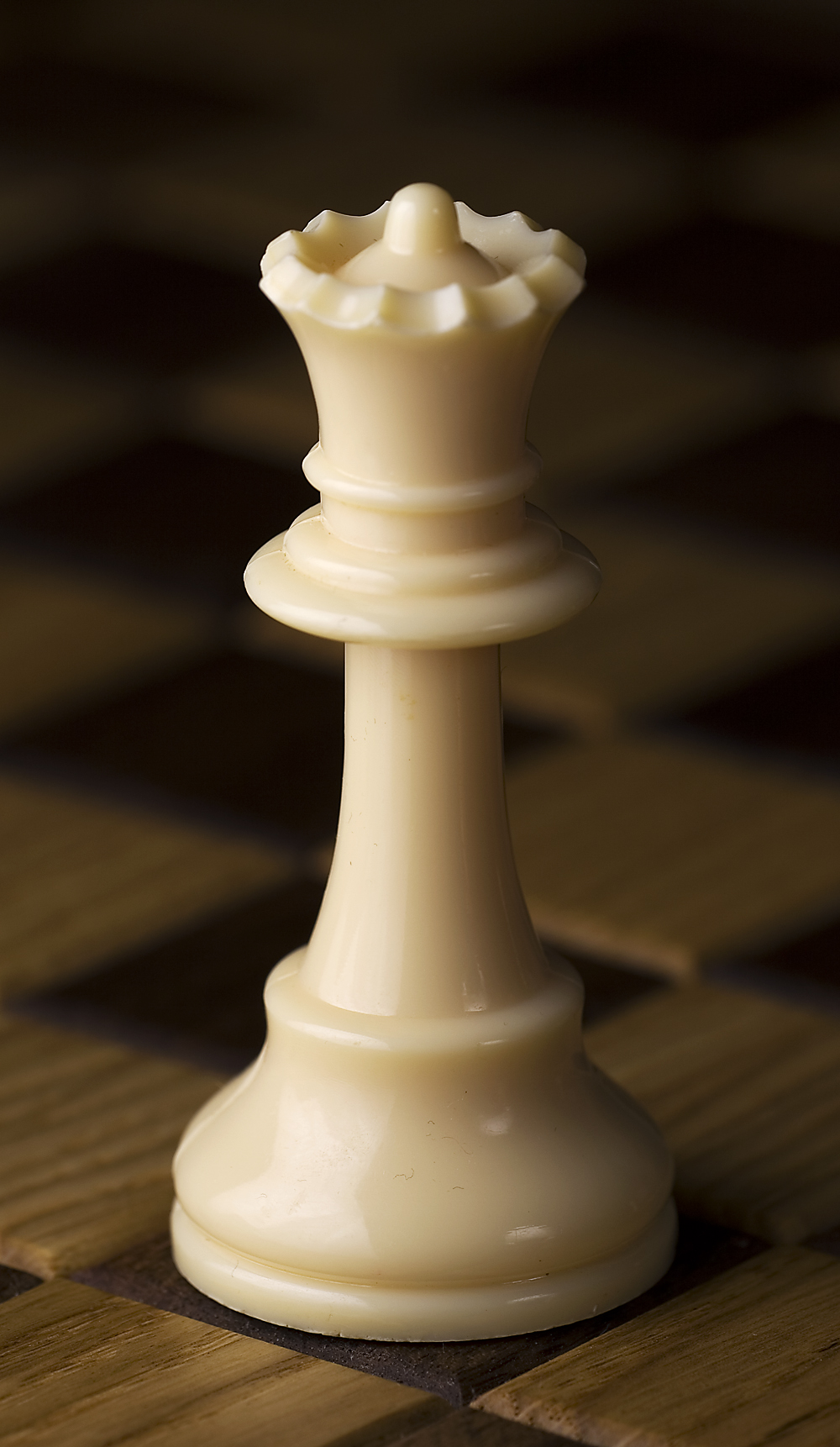
3. The Rook
The rook has the ability to move any number of squares horizontally or vertically.

4. The Bishop
The bishop has the ability to move any number of squares diagonally.
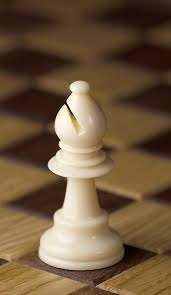
5. The Knight
The knight advances in an L-shaped pattern. It can move with two squares in one direction. Another move is the one square perpendicular to that.
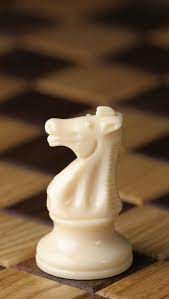
6. The Pawn
Pawns can only move one square ahead at a time, except on their initial move, when they can move two squares forward. Pawns capture diagonally, one square forward and one square to the side.
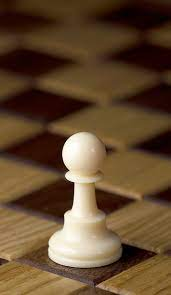
Moreover, the chessboard is arranged in letters and numbers. Playing with an AI will require learning the basic moves to expect a response. The letters are arranged horizontally, and the numbers are arranged vertically.
Look below to learn more about the strategy of ChatGPT chess while playing.
ChatGPT evaluates the current situation on the board and determines the optimal move to make using a combination of algorithms.
To decide the optimum move, ChatGPT considers the following.
- Material balance
- Centre control
- Piece mobility
- King safety
- Pawn structure and other aspects.
ChatGPT also makes judgments based on a vast library of openings and endgames. It can analyze and compute millions of alternative moves to play in seconds.
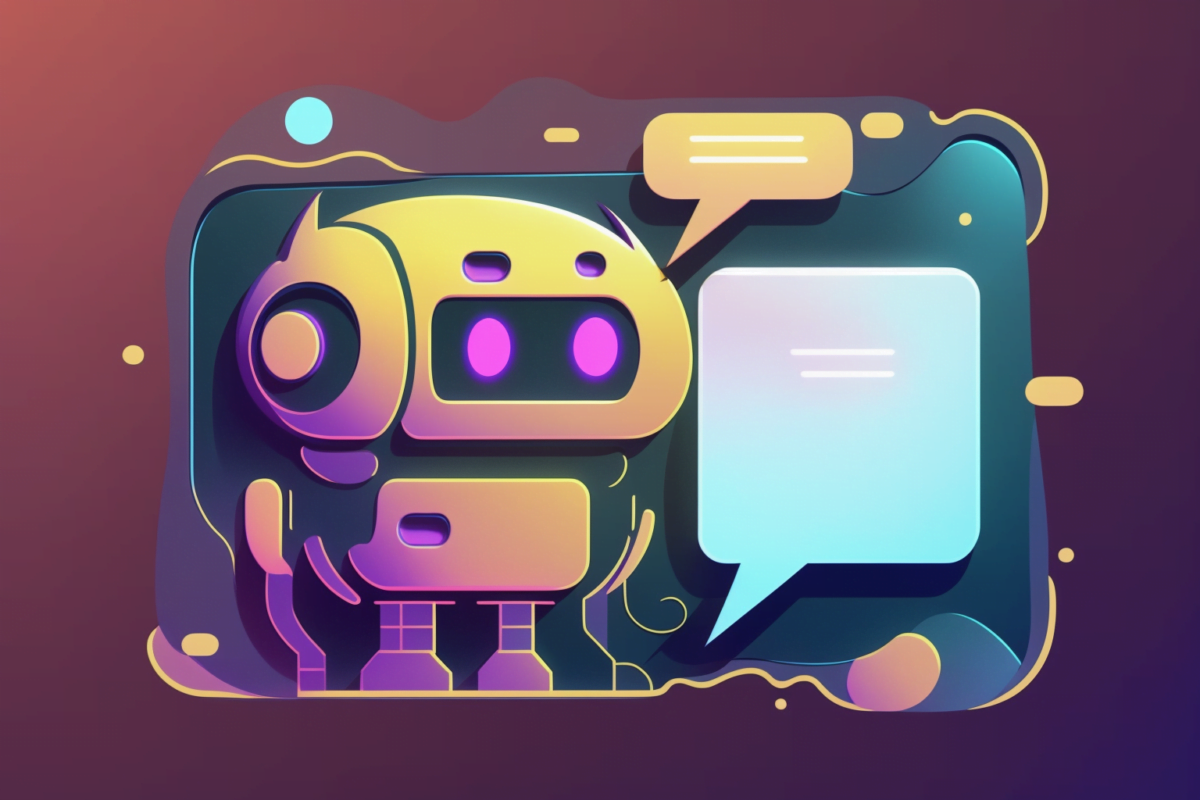
GPT and other language models may be used to analyze written chess games. They can also give insights into expert chess players' strategies and tactics.
GPT can be used to provide the following.
- Human-like game commentary
- Identify critical points in a game
- Analyze the merits and weaknesses of certain opening plays.
While playing with a bot or an AI might sound fun, the concept is much more challenging. Playing with a person has many factors to consider, such as the state of mind and the environment. At the same time, an AI is devoid of such factors.
So let us look at a few tips on improving your playing style with ChatGPT.
1. Understand the Bot’s playing style
Depending on the algorithms and heuristics, various bots may have distinct playing styles. Determine the bot's strengths and weaknesses and modify your tactics accordingly.
2. Play Firmly
AI-powered bots are usually highly good at tactics and strategy. This makes it critical to play solidly and avoid errors or mistakes the bot can exploit.
3. Utilize the Bot’s flaws
Although the bot may be powerful overall, it may have flaws in specific areas. These areas include endgames and openers. Identify your limitations and capitalize on your abilities in those areas.
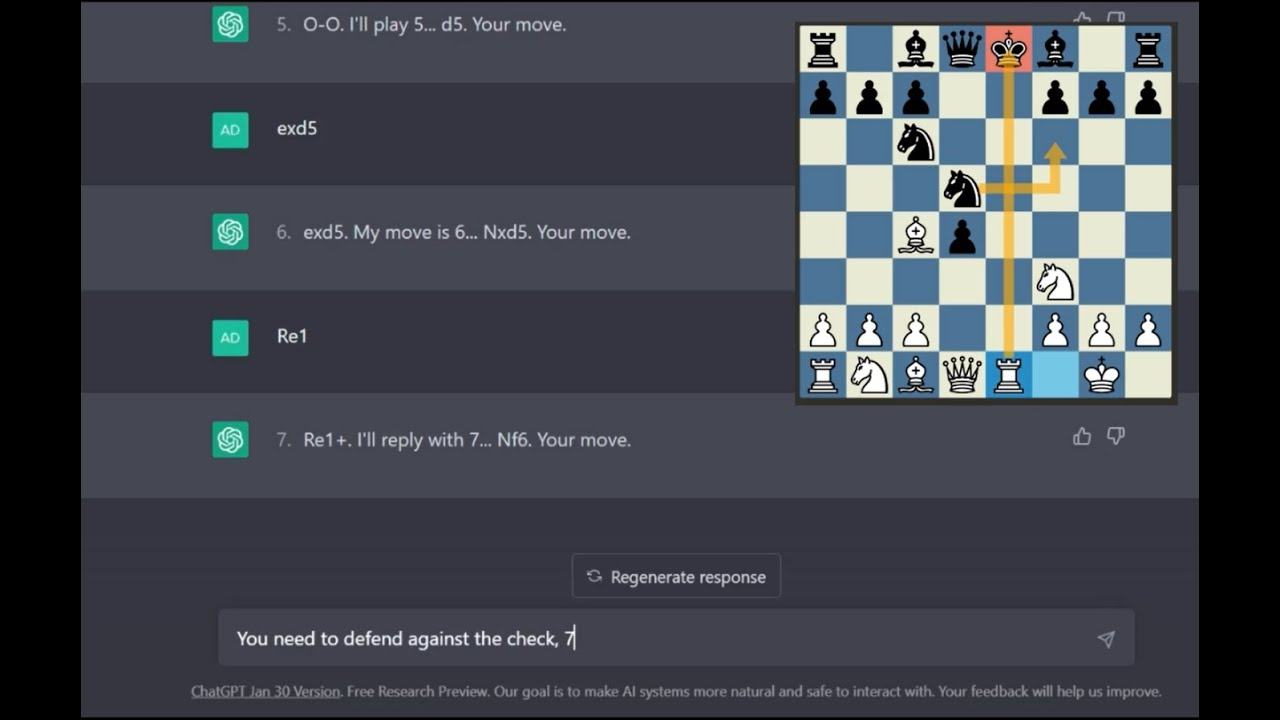
4. Be patient
AI-powered bots are skilled at defending. Your goal should be to break through their defenses and find a winning position. This may take some time, so be patient and seek ways to get an edge.
5. Take notes from your Games
Playing chess versus an AI-powered bot may be a terrific way to develop your game. Take notice of the bot's movements and try to figure out why it did what it did. Use this knowledge to better your own game and strategy.
While playing a game with ChatGPT is fun, you can also use other ways to expand your experience. ChatGPT cannot directly play chess with you but can analyze and offer commentary on certain chess positions or games.
With the latest technology and improvements in ChatGPT AI, you can ask it to provide tips and moves. When playing a game online or with another person, you can ask ChatGPT any question.
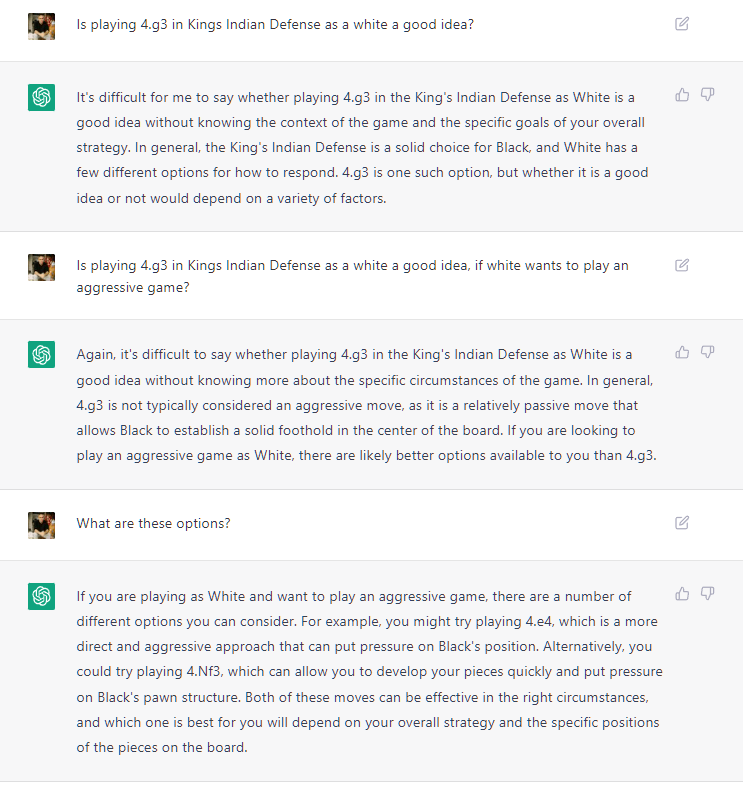
You can ask for recommendations about certain moves and maneuvers. You can also ask for tips on how to counter certain moves. ChatGPT, an AI that learns from user experiences, will guide you in a counter-response.
This strategy helps learn chess for beginner players as well as for intermediate players. You can learn moves and new strategies using the comment or prompt box of ChatGPT.
In short, you may enter your moves into ChatGPT and ask it to analyze the situation and give an analysis. ChatGPT chess can help you understand the strengths and weaknesses of your movements and propose alternate moves or strategies.
ChatGPT cannot play chess with you directly, but you can ask for it to analyze a game. Similarly, like providing a commentary, ChatGPT can guide you by analyzing the pieces on the chessboard.
ChatGPT can analyze the situation on the board and give you an estimate of who is winning and by how much. This might help you comprehend both sides' strengths and weaknesses and uncover possibilities to strengthen your position.
Let us look into how ChatGPT analyzes a chess game and how it can guide you to a checkmate!
1. Identify Blunders and Mistakes
ChatGPT chess bot may point out blunders and mistakes made by both sides throughout the game. This might help you discover areas of your game where you can improve and prevent making similar blunders in future games.
2. Provide alternate movements
ChatGPT can recommend alternate moves for both sides at any moment throughout the game. This helps you understand other techniques and solutions you may need to consider.
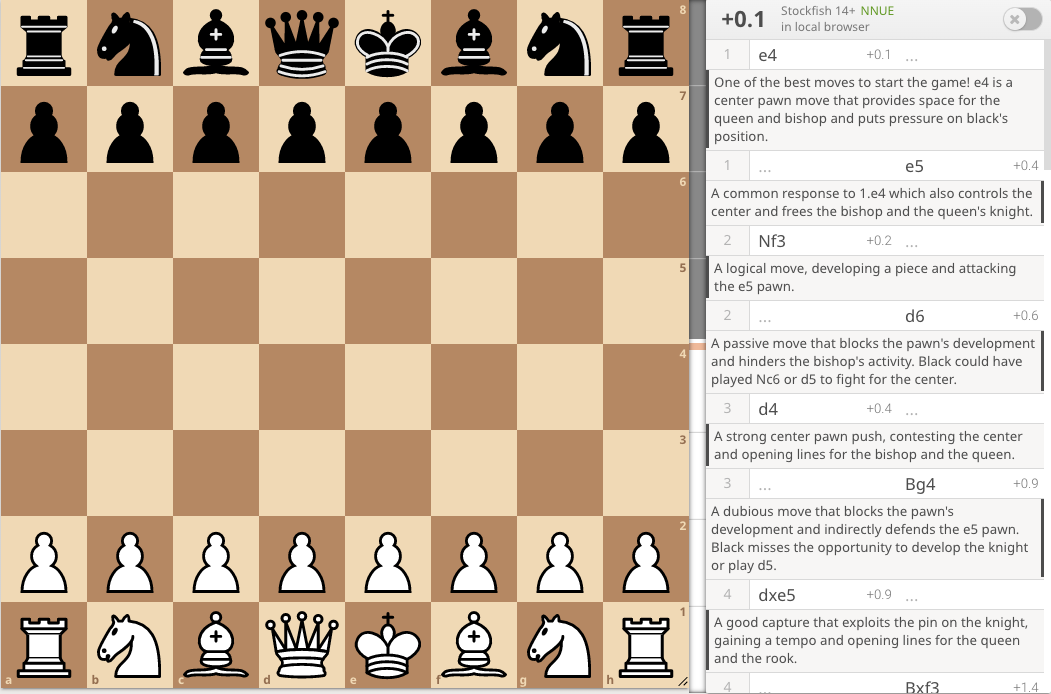
3. Analyze particular positions
ChatGPT may be used to examine certain positions on the board thoroughly. This can assist you in better understanding the subtleties of various positions and identifying methods to enhance your performance in comparable scenarios.
ChatGPT has a vast library of openings and endgames that it can utilize to help you study and develop your game in these areas.
Look ahead to learn about the advantages and disadvantages of playing chess with ChatGPT.
Playing Chess and making adjustments to your game using ChatGPT is an excellent idea if you are a beginner. Let's look at the few advantages and Limitations of using ChatGPT as a Chess guide.
Advantages
Following are the few advantages of playing Chess with ChatGPT.
1. Unlimited games
GPT can play infinite games without being weary or making blunders due to weariness.
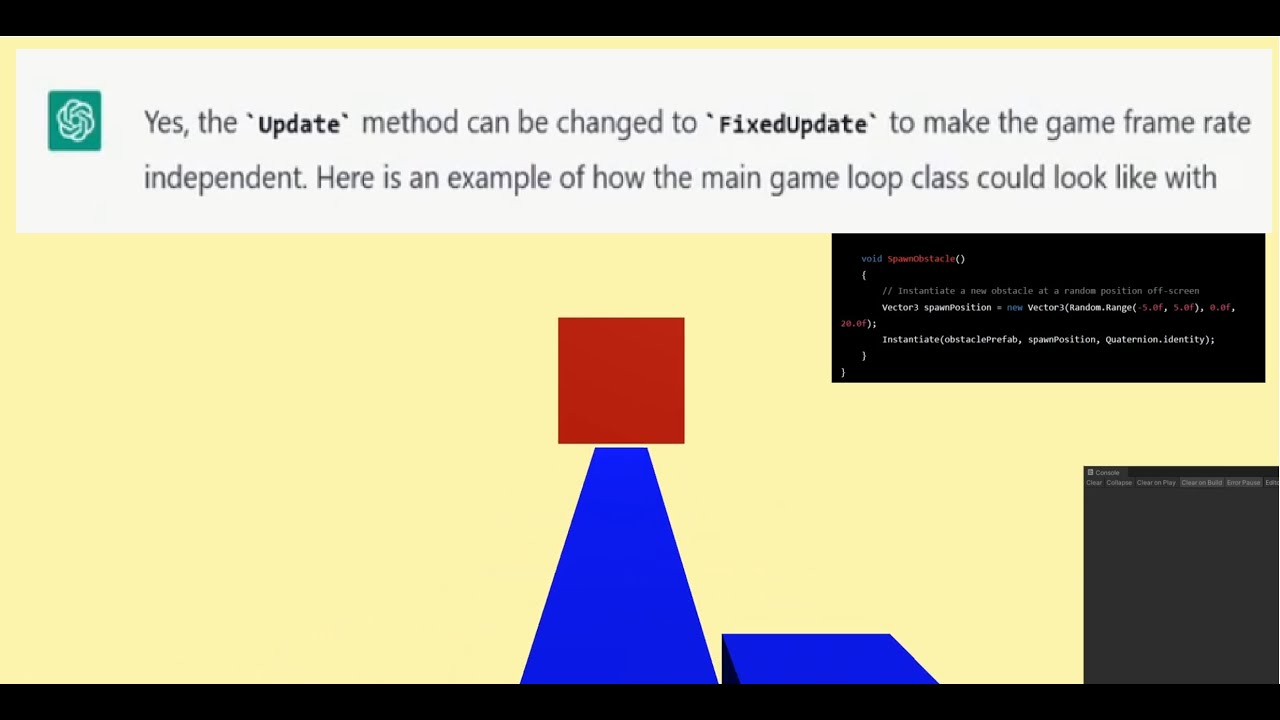
2. Always accessible
Unlike a human opponent, who may or may not be available or interested in playing at any particular time, GPT is always available to play.
3. Analysis and Insight
GPT may give analysis and insights into your games, which can help you better your play and strategy.
4. Emotionless
GPT does not have emotions or prejudices. Thus it will not become angry, frustrated, or make decisions based on emotional reasons.
5. No need for a Physical Setup
GPT does not require a whole chess set or board, making it possible to play anytime and anywhere.
Limitations
Let’s look at a few limitations of using ChatGPT to play chess.
1. Devoid of realism
Playing against a linguistic model, such as GPT, may need more realism and pleasure than competing against a human opponent.
2. Limited Experience
GPT may not have the same gaming experience as a human player. This can restrict the diversity and complexity of its play.
3. Lack of unpredictability
GPT is not as unpredictable as a human opponent. Therefore, games against it may become more monotonous and less exciting.
4. No social engagement
Playing against GPT may provide a different social interaction and conversation level than playing against a human opponent.
5. The learning curve is low
Playing against GPT may restrict your learning and growth potential. The reason for that is it cannot give comments or guidance beyond game analysis.
If your child wants to compete in chess tournaments and wants to monitor or manage their games online, FamiSafe is the app for you. Look below to learn more.
FamiSafe is parental control software that enables parents to manage their children's online activities. It can track a child's location and monitor their internet activities. It can also limit their screen time and filter inappropriate information.

FamiSafe may be used with ChatGPT to assist parents. It ensures that their children are communicating with the AI safely and suitably.
Features of FamiSafe
A number of features in FamiSafe, including chat interactions with AI models like me, can be used to stop kids from accessing harmful information. Among these characteristics are:
- Prevent access to certain websites and content types. It includes gaming websites that could use chatbots or artificial intelligence (AI) models.
- Prevent certain applications from being used on their child's smartphones. These are chat apps or social networking sites that might use AI chatbots.
- Enables parents to establish daily screen time limitations on their kid's devices.
- Parents can receive frequent activity reports that list their children's applications and how long they are using them.
ChatGPT chess is a one-of-a-kind and thrilling experience that mixes artificial intelligence with human strategy. ChatGPT's powerful algorithms and processing skills enable interactive commentary. It also allows you to play smooth games, making it a perfect opponent for all levels of chess players.
ChatGPT provides a personalized and engaging chess experience. This experience is unparalleled by other standard computer programs. You may analyze ChatGPT's actions and strategies while you play against them.
It allows you to learn from its decision-making process and improve your performance. The steps mentioned above will allow you to play chess with ChatGPT in simple and easy steps.
